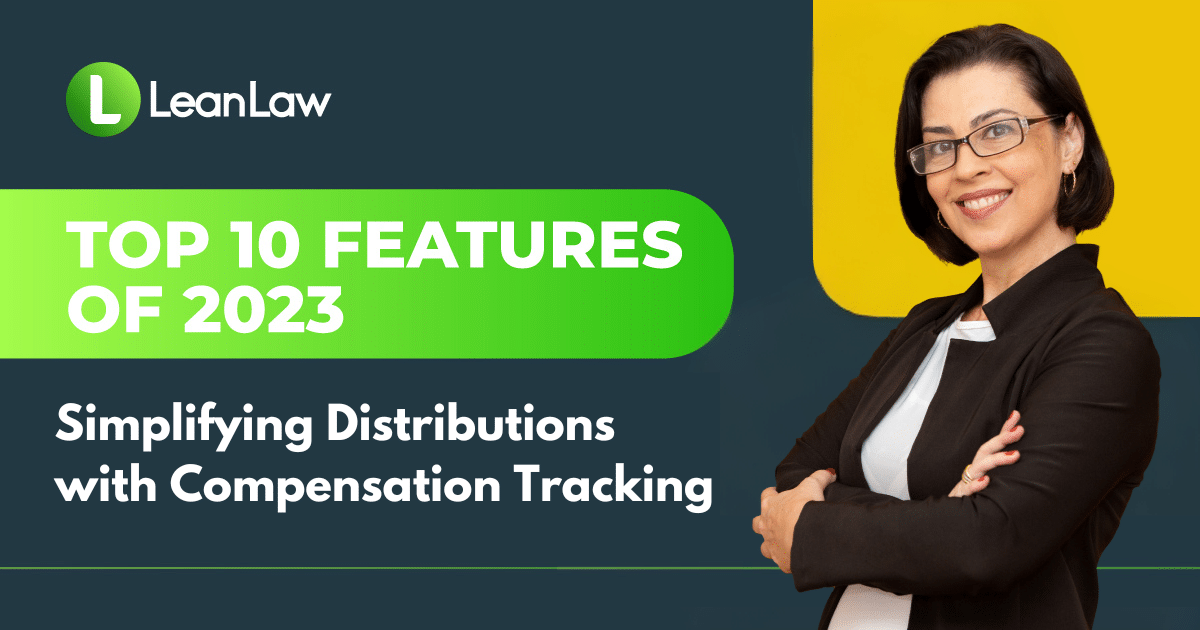Law firm administrators often grapple with the challenge of generating reports that meet the evolving needs of their practice. This task can be daunting, demanding both time and technical acuity. However, with LeanLaw’s breakthrough custom reporting capabilities, administrators now have a dynamic tool at their disposal, enabling them to craft detailed, firm-specific reports with ease.
Imagine the task of creating a nuanced expense report—one that offers not just figures, but clarity and insight into a firm’s financial comings and goings. LeanLaw’s custom reporting feature, housed within the intuitive reporting dashboard, is precisely engineered for such tasks. Here’s a step-by-step guide on crafting a bespoke expense report using LeanLaw’s advanced tools.
The journey to a tailored expense report starts with initiating the editor and inaugurating a new dashboard, perhaps named “Comprehensive Monthly Expenses.” The foundational step involves integrating a data table, which acts as a canvas for various data types the administrator wishes to corral. For an expense report, critical components like activity type, date range, user entries, client interactions, and matters must be collated.
LeanLaw’s platform is designed for granular customization. For instance, administrators can overlay the invoice status to discern between settled accounts and those pending payment. The incorporation of client and matter details adds layers of context to each line item. Through an intuitive drag-and-drop interface, the report takes shape, presenting a meticulous financial narrative.
To refine the report, administrators can calibrate the activity filter to spotlight expenses exclusively, thereby honing in on the desired data subset. Customization extends to the organization of the table, enabling logical sequencing of columns—client and matter particulars can precede activity and date entries for a coherent flow.
A standout trait of LeanLaw’s custom reports is the adeptness of temporal filtering. For periodic report generation—be it monthly or quarterly—a date filter is pivotal. Placed prominently at the report’s helm, this filter can adapt to the firm’s operational tempo, sieving data by occurrence or invoicing date as preferred.
For those seeking a distilled perspective, the table can condense to display recent activity, such as the past month’s ledger. The invoice status column further clarifies each invoice’s standing—closed and reconciled or pending action.
LeanLaw’s editor also endows users with the capability to embed summary metrics, like the aggregate of expenses, at the report’s forefront, serving as a quick reference point. The ensuing table then unpacks this total into its constituent transactions.
The true potency of LeanLaw’s reporting lies in its adaptability; administrators can sculpt a report that dovetails with their precise criteria. Once constructed, this report becomes a conduit for dialogue, shareable with partners or team members, and readily adjustable to incorporate their insights.
In essence, LeanLaw’s custom reporting capabilities represent a transformative, user-centric, and agile approach for law firm administrators to oversee and elucidate financial data, fostering a state of fiscal transparency and governance.
Continue to our next top feature: Mastering Compensation Tracking in LeanLaw: Unveiling the Power of Distributions



